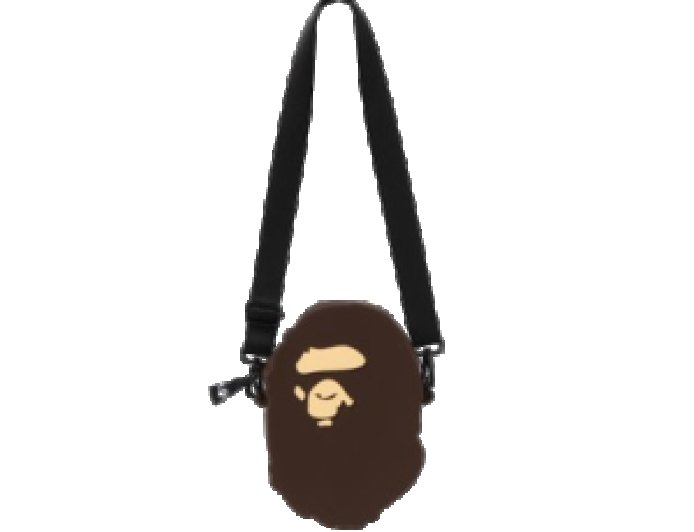2024 Trends in Retail Store Interiors: What's In and What's Out
Discover the top 2024 trends in retail store interiors. From minimalist designs to smart technology, see what's in and what's out for retail store interior designers.

As we venture into 2024, the retail landscape is undergoing significant transformations, driven by the expertise of retail store interior designers. Retailers are continuously striving to enhance the customer experience by innovating store interiors. Here, we delve into the latest trends in retail store interiors, highlighting what's in and what's out.
1. Embracing Minimalism: Less is More
In: Minimalist Design
Minimalism continues to dominate retail interiors. Clean lines, neutral color palettes, and uncluttered spaces are trending. This approach not only makes stores appear more spacious but also places a greater emphasis on the products themselves. Retailers are using fewer fixtures and fittings, allowing for a more seamless and enjoyable shopping experience.
Out: Cluttered and Overloaded Spaces
Gone are the days of crammed shelves and overwhelming displays. Today's consumers prefer a more streamlined and focused shopping environment. Cluttered spaces can be off-putting and deter customers from spending time in-store.
2. Incorporating Sustainable Materials
In: Sustainable and Eco-Friendly Materials
Sustainability is not just a buzzword; it’s a necessity. Retailers are increasingly using recycled, upcycled, and sustainable materials for store interiors. Bamboo, reclaimed wood, and recycled metals are popular choices. This not only reduces environmental impact but also resonates with eco-conscious consumers.
Out: Non-Sustainable, Synthetic Materials
Plastic fixtures and non-recyclable materials are becoming less common as awareness about environmental impact grows. Retailers are phasing out synthetic materials in favor of more sustainable options.
3. Integrating Technology for a Seamless Experience
In: Smart Technology Integration
Technology plays a crucial role in modern retail. Interactive displays, QR codes, and augmented reality are enhancing the shopping experience. Smart mirrors that allow virtual try-ons and mobile apps that provide additional product information are becoming standard features.
Out: Tech-Free Zones
Stores devoid of any technological integration are falling behind. Today's shoppers expect a tech-savvy shopping experience that bridges the gap between online and offline retail.
4. Creating Multi-Sensory Experiences
In: Multi-Sensory Environments
Engaging multiple senses is key to creating memorable shopping experiences. Retailers are using soundscapes, scent marketing, and tactile elements to enrich the in-store environment. These sensory cues can significantly influence purchasing decisions and enhance brand loyalty.
Out: Single-Sensory Focus
Stores that rely solely on visual appeal are missing out on the benefits of a multi-sensory approach. A holistic sensory experience can leave a lasting impression on customers.
5. Flexible and Modular Store Layouts
In: Modular and Flexible Layouts
Flexibility is crucial in today’s retail environment. Modular layouts that can be easily reconfigured to accommodate new product lines, seasonal changes, or special events are in vogue. These adaptable spaces allow retailers to keep their stores fresh and engaging.
Out: Fixed and Rigid Layouts
Traditional fixed layouts are becoming obsolete. They limit a retailer's ability to quickly adapt to changing market trends and consumer preferences.
6. Personalized and Interactive Elements
In: Personalized Shopping Experiences
Personalization is at the forefront of retail innovation. From personalized product recommendations to custom in-store experiences, retailers are using data to tailor the shopping experience to individual customers. Interactive elements like touchscreens and personalized displays make shopping more engaging.
Out: Generic and Uniform Approaches
A one-size-fits-all approach no longer works in retail. Consumers expect a personalized experience that caters to their unique preferences and needs.
7. Focus on Wellness and Comfort
In: Wellness-Centric Design
The well-being of customers and staff is a top priority. Ergonomic furniture, calming color schemes, and ample natural light create a welcoming and comfortable environment. Retailers are also incorporating biophilic design elements, such as indoor plants and green walls, to enhance the shopping experience.
Out: Stark and Uncomfortable Interiors
Harsh lighting, uncomfortable seating, and sterile environments are being phased out in favor of more inviting and health-conscious designs.
8. Emphasizing Local Culture and Art
In: Localized and Culturally Relevant Interiors
Incorporating elements of local culture and art into store design helps create a unique and authentic shopping experience. This trend resonates particularly well with tourists and locals who appreciate cultural representation.
Out: Generic and Homogeneous Designs
Stores with a generic, one-size-fits-all design approach fail to stand out. Embracing local culture and art can differentiate a store and foster a deeper connection with customers.
9. Enhanced Social Media Integration
In: Instagrammable Spaces
Creating visually appealing spaces that encourage social media sharing is a key trend. Design elements like unique backdrops, artistic installations, and branded photo opportunities can drive organic marketing through customer-generated content.
Out: Bland and Unremarkable Interiors
Stores that do not consider the social media potential of their interiors may miss out on valuable marketing opportunities. An eye-catching, shareable store design can significantly enhance brand visibility.
10. Hybrid Retail Spaces
In: Hybrid Retail Concepts
Combining retail with other services or experiences, such as cafes, workshops, or event spaces, is gaining popularity. These hybrid spaces offer more than just shopping; they provide a place for community and engagement.
Out: Single-Purpose Stores
Stores that focus solely on retail without offering additional experiences are less appealing in today's market. Consumers are looking for multi-functional spaces that provide added value.
Conclusion
Staying ahead in the competitive retail landscape requires constant innovation and adaptation to emerging trends. Retailers who embrace minimalism, sustainability, technology, multi-sensory experiences, and personalized elements will thrive. By creating flexible, wellness-centric, and culturally relevant spaces, they can enhance the shopping experience and build stronger connections with their customers.
What's Your Reaction?

























![Iaas & Paas Market Insights [2024-2032]: Unlocking Growth Potential and Emerging Market Trends](https://news.bangboxonline.com/uploads/images/202411/image_430x256_6744564c2eebf.jpg)